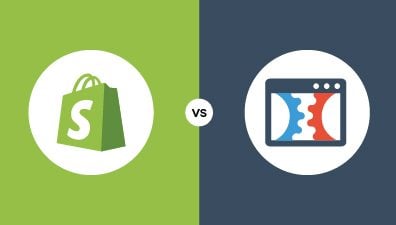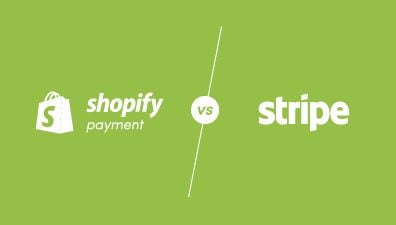Shopify API serves as a powerful tool for building, customizing, and extending the functionalities of an online store. With various types of APIs available, Shopify provides a versatile platform for businesses to create seamless integrations and deliver an outstanding customer experience. In this comprehensive guide, we cover the overview of Shopify API reviews such as definitions, types of Shopify APIs, their typical usage cases, authentication, versioning, pricing, and much more. Additionally, we compare Shopify API to other eCommerce platform APIs, explore popular third-party integrations, and provide valuable tips for maximizing the potential of Shopify API in your online store.
Table of Contents
- Shopify API Reviews: Definition
- Types of Shopify APIs
- Shopify API Reviews: Typical Usage cases
- Shopify API Reviews: Pricing
- Shopify API Reviews: Advantages
- Shopify API Reviews: Comparing to Other eCommerce Platform APIs
- Popular Third-Party Integrations Using Shopify API
- Tips for Maximizing Shopify API Potential
Shopify API Reviews: Definition
An API, or Application Programming Interface, serves as a bridge between different software applications. It allows them to communicate and share data with one another in a structured manner. APIs define a set of rules and protocols that dictate how data is exchanged and what functionalities are available. They streamline the development process, enabling developers to build new features and integrations without starting from scratch.
APIs play a crucial role in the world of eCommerce, as they allow different platforms and applications to work together seamlessly. They enable the integration of various services such as payment gateways, inventory management, and shipping providers into a single platform, creating a cohesive customer shopping experience. Additionally, APIs empower developers to create custom solutions, ranging from personalized marketing campaigns to advanced analytics, that cater to the unique needs of each online store.
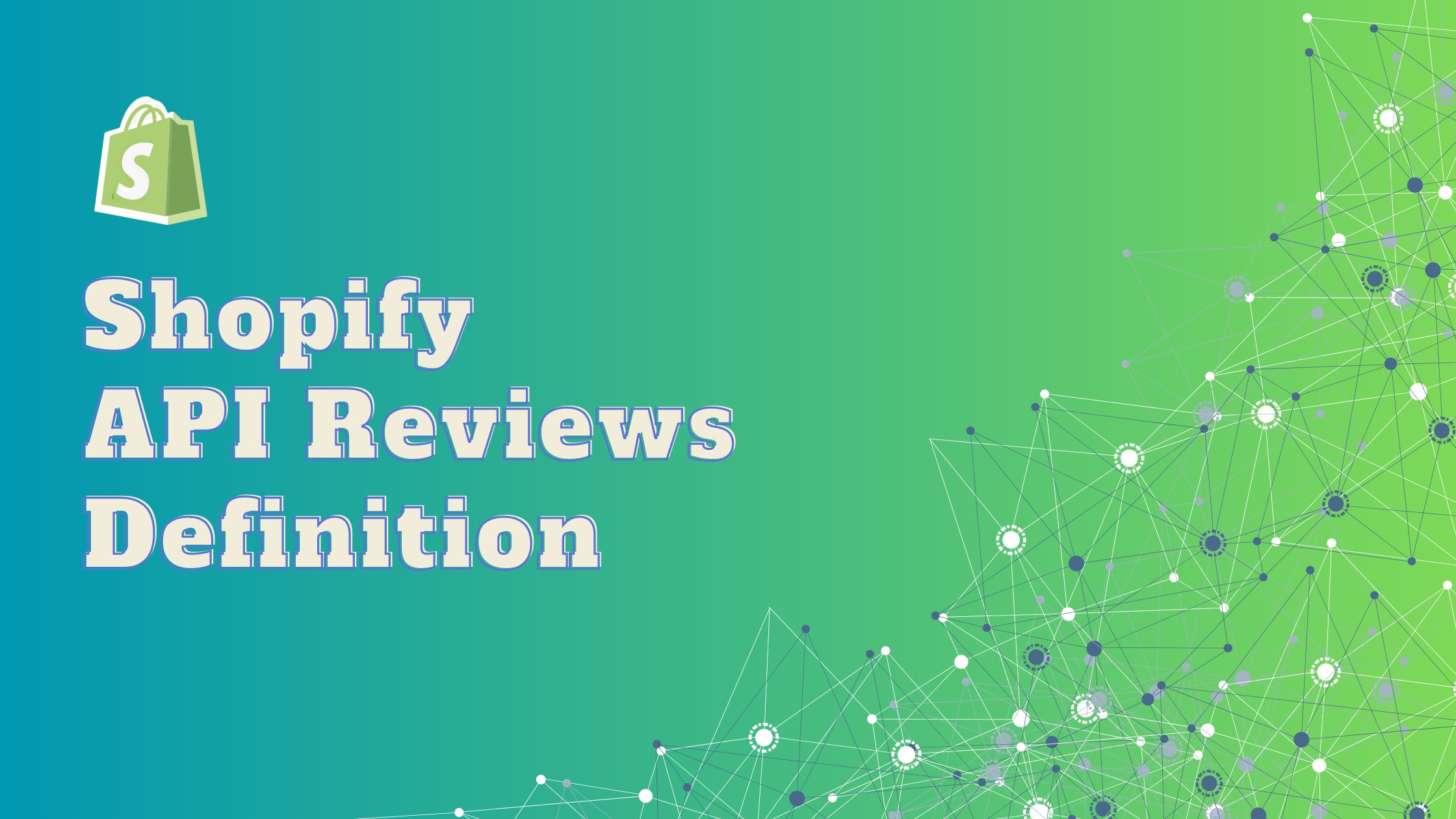
From the API definition, we can clearly see that the Shopify API is a powerful tool that enables developers to create and deploy Shopify Apps designed to enhance the functionality and performance of merchants’ online stores. It grants software providers access to data from Shopify-based stores, which can then be utilized for various purposes. The API supports both XML and JSON formats and accommodates HTTP requests such as GET, POST, PUT, and DELETE. It encompasses multiple methods, including Category, Customer, Order, Product, and more. The Shopify API is compatible with both REST and GraphQL, offering developers flexibility in their approach to building custom solutions for eCommerce businesses.
Types of Shopify APIs
Shopify offers a diverse range of APIs that cater to different aspects of eCommerce and app development. These APIs enable developers to create powerful and customizable solutions that can integrate seamlessly with the Shopify platform. By understanding the various types of Shopify APIs, developers can harness their unique functionalities to optimize and enhance online stores, streamline business processes, and improve overall user experience.
Admin API
The Admin API serves as a powerful tool for enhancing the user experience of your Shopify store. This versioned API supports both GraphQL and REST, ensuring flexibility for developers. When installing apps, merchants must explicitly grant access to relevant scopes. All requests are subject to rate limits, but the rate-limiting methods differ between GraphQL and REST.
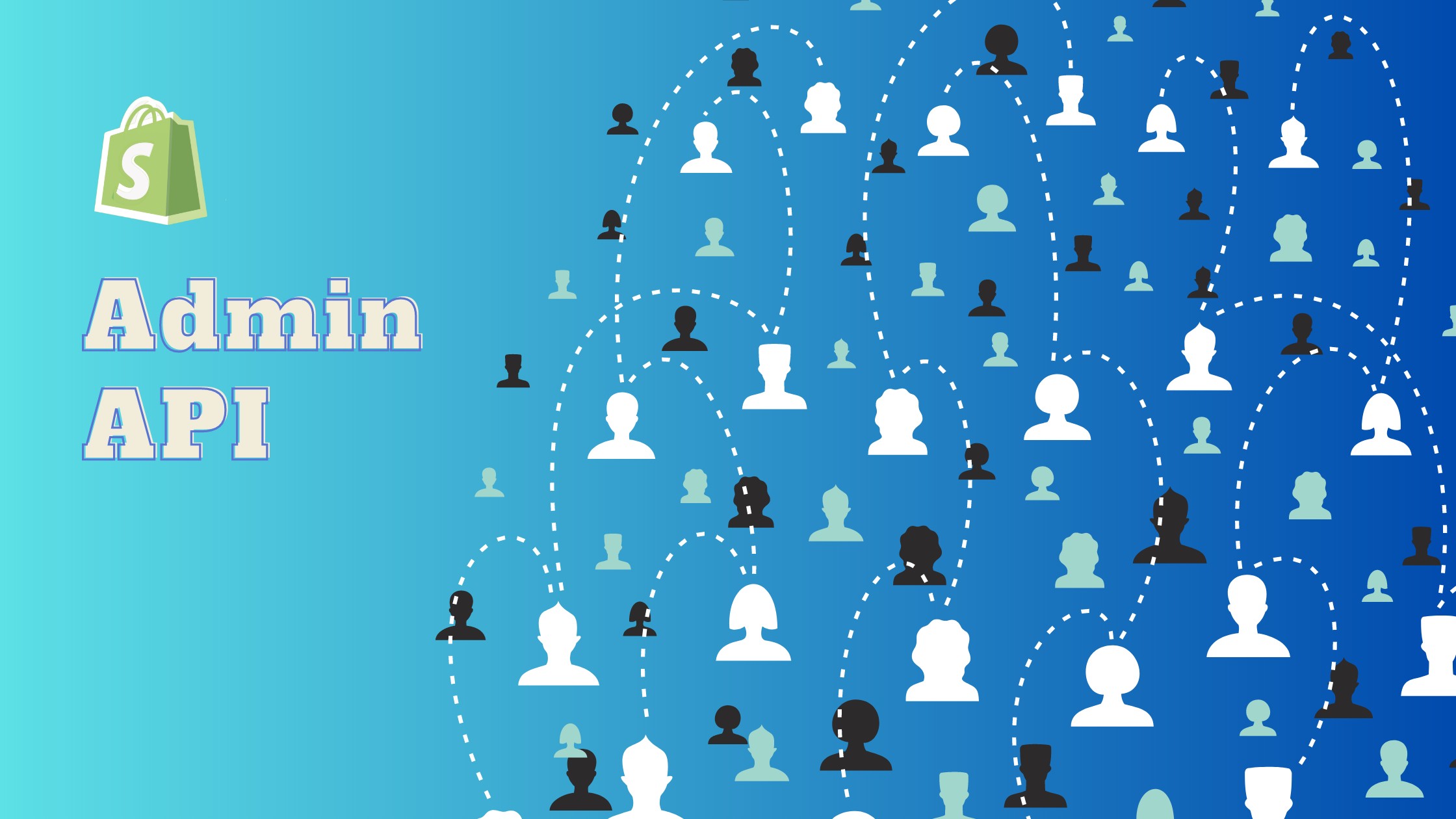
Developers can utilize Shopify-supported libraries to create fast and reliable apps using familiar programming languages and frameworks. All REST Admin API calls require a valid Shopify access token. The choice of endpoints depends on the app’s specific requirements, enabling developers to tailor their solutions to meet diverse store needs.
Storefront API
The Storefront API empowers store owners with complete creative control over their eCommerce websites. This includes modifying templates and accessing Abandoned Cart Recovery features. Users can effortlessly choose and adjust templates, incorporating various elements for seamless business operations.
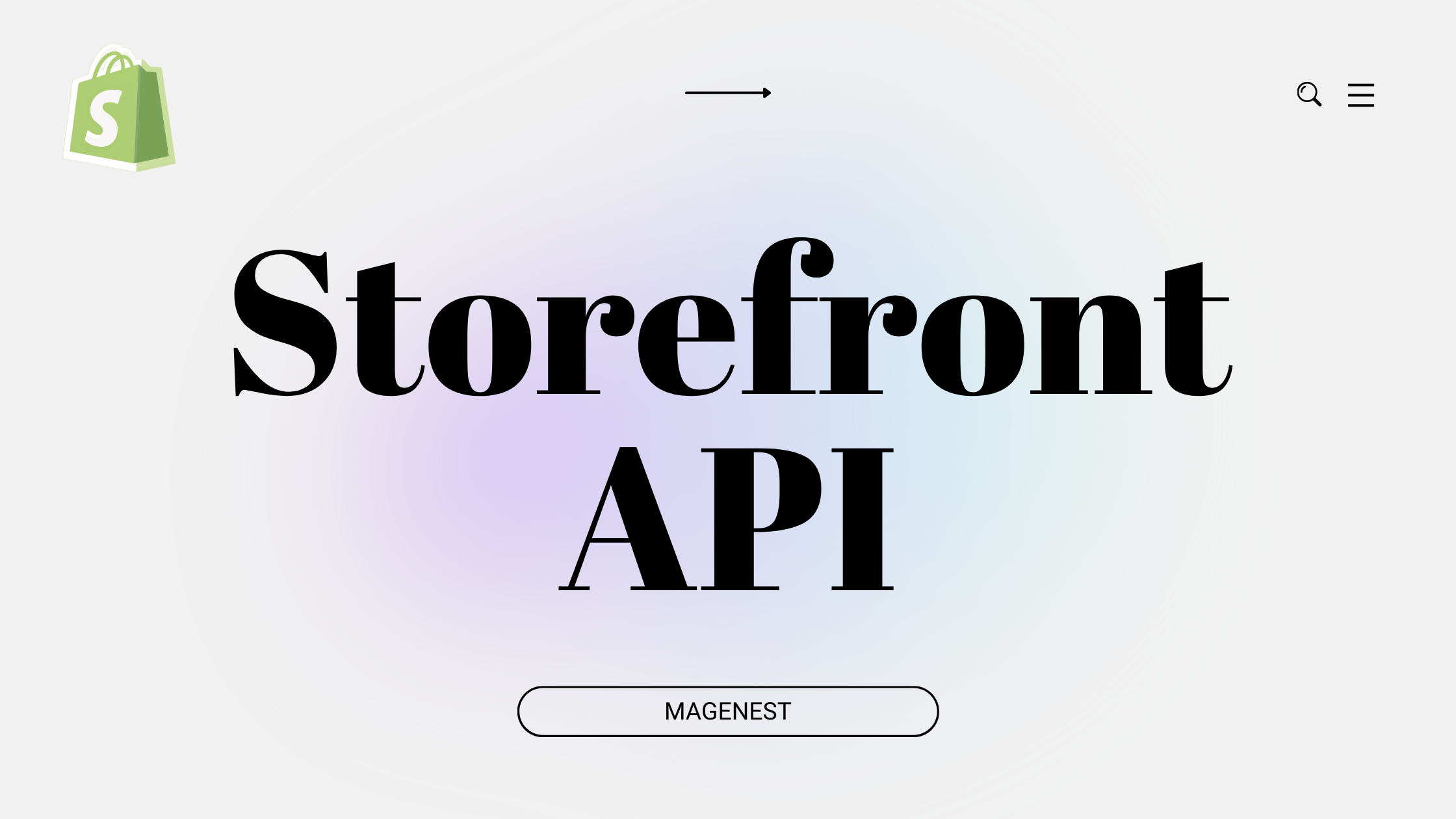
The Shopify Storefront API also grants access to built-in eCommerce functionalities like live chat support and a wide array of payment options. The Storefront API exclusively utilizes GraphQL and is unauthenticated, giving users read-only access without the need for a username or password.
Payment Apps API
The Payments Apps API enables Shopify partners to access their Shopify Payments account and configure their payments app data. Users can resolve or reject Captures, Refunds, Payments, and Void Sessions with this API. It is exclusively available through GraphQL and enforces rate limits on all requests.
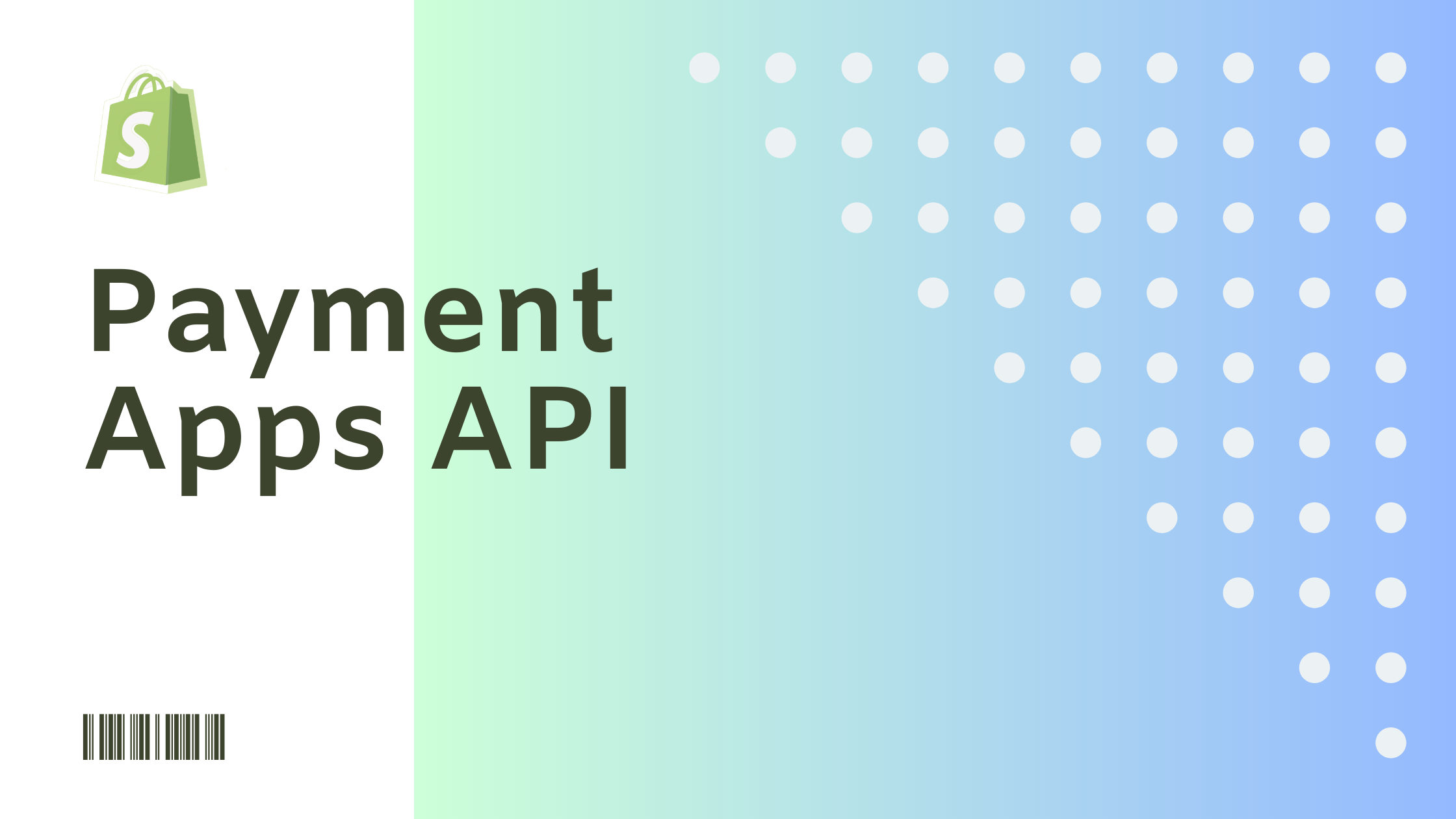
To transition a public app into a payment app, the payments app extension must be configured, submitted, and published for approval – a process that involves several steps.
Partner API
The Partner API allows Shopify Partners to access data from their Partner Dashboard, which streamlines front- and back-office operations by automating key processes. The API lets partners read transactions that impact earnings, access Experts Marketplace jobs, and track app events. The transaction data available through the Partner API is intended solely for analytics purposes. This API is exclusively available through GraphQL and enforces rate limits on all requests.
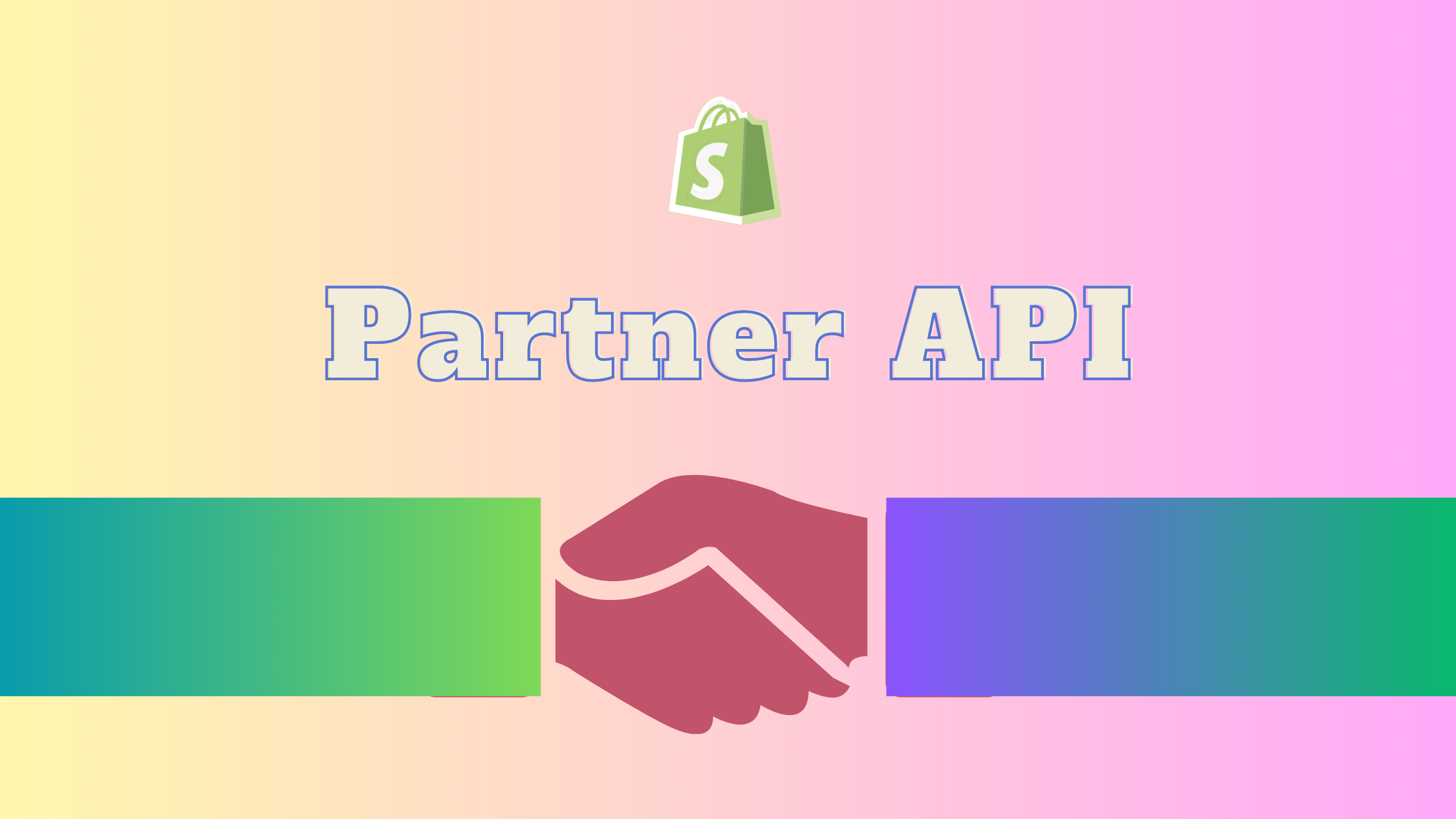
To use the Partner API, two pieces of information are required for the successful authentication of requests to a Partner API endpoint. GraphQL can be employed to query the Partner API through Partner Dashboards since it retrieves the requested information from your Partner account using the Partner API client.
Ajax API
The Ajax API offers a set of lightweight Shopify REST API endpoints designed to facilitate the development of Shopify themes. Potential applications for the Ajax API include adding products to the cart, updating the cart item counter, suggesting products in the search field, and displaying related product recommendations.

Since the Ajax APIs are unauthenticated, access tokens or API keys are not required. The API returns JSON-formatted data in its responses, and no hard limits are imposed on the Ajax API.
Section Rendering API
The Section Rendering API, used in conjunction with AJAX, allows users to request HTML markup for theme sections. This enables store owners to update page content without reloading the entire page by fetching and dynamically replacing specific elements. For example, the Section Rendering API can be used to paginate search results without necessitating a full page reload between pages.
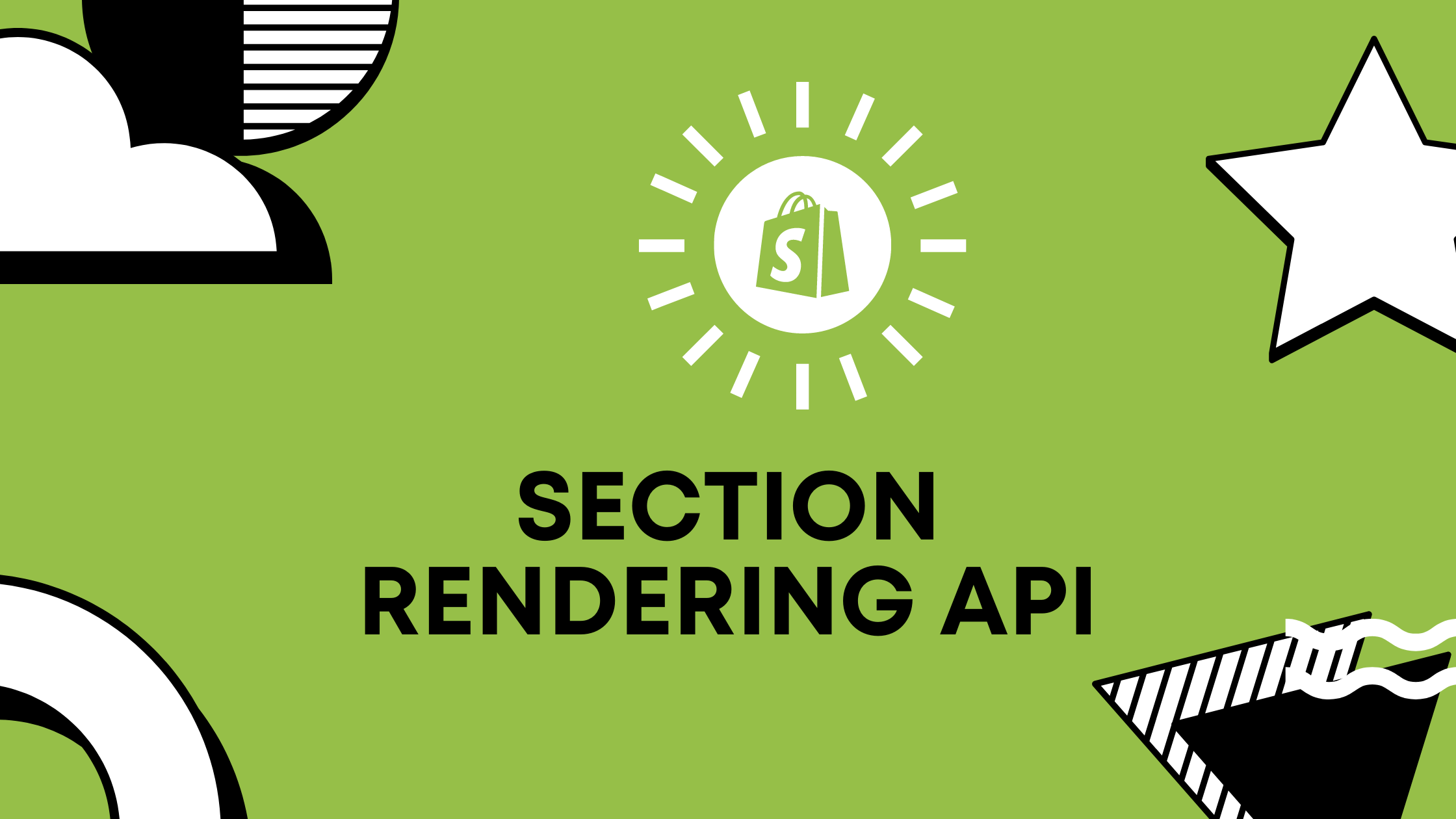
Sections can be rendered using the section query parameter, which identifies sections by their section IDs. The response comprises pairs for each section ID and its corresponding rendered HTML in the form of a JSON object.
Customer Privacy API
The Customer Privacy API enables developers to read and write cookies related to a buyer’s consent to be tracked. Implemented as a property on the global window, this browser-based JavaScript API streamlines consent collection mechanisms such as GDPR-compliant banners. For marketing and analytics purposes, developers can use the API to track or export data about storefront visitors while adhering to GDPR and CCPA regulations.
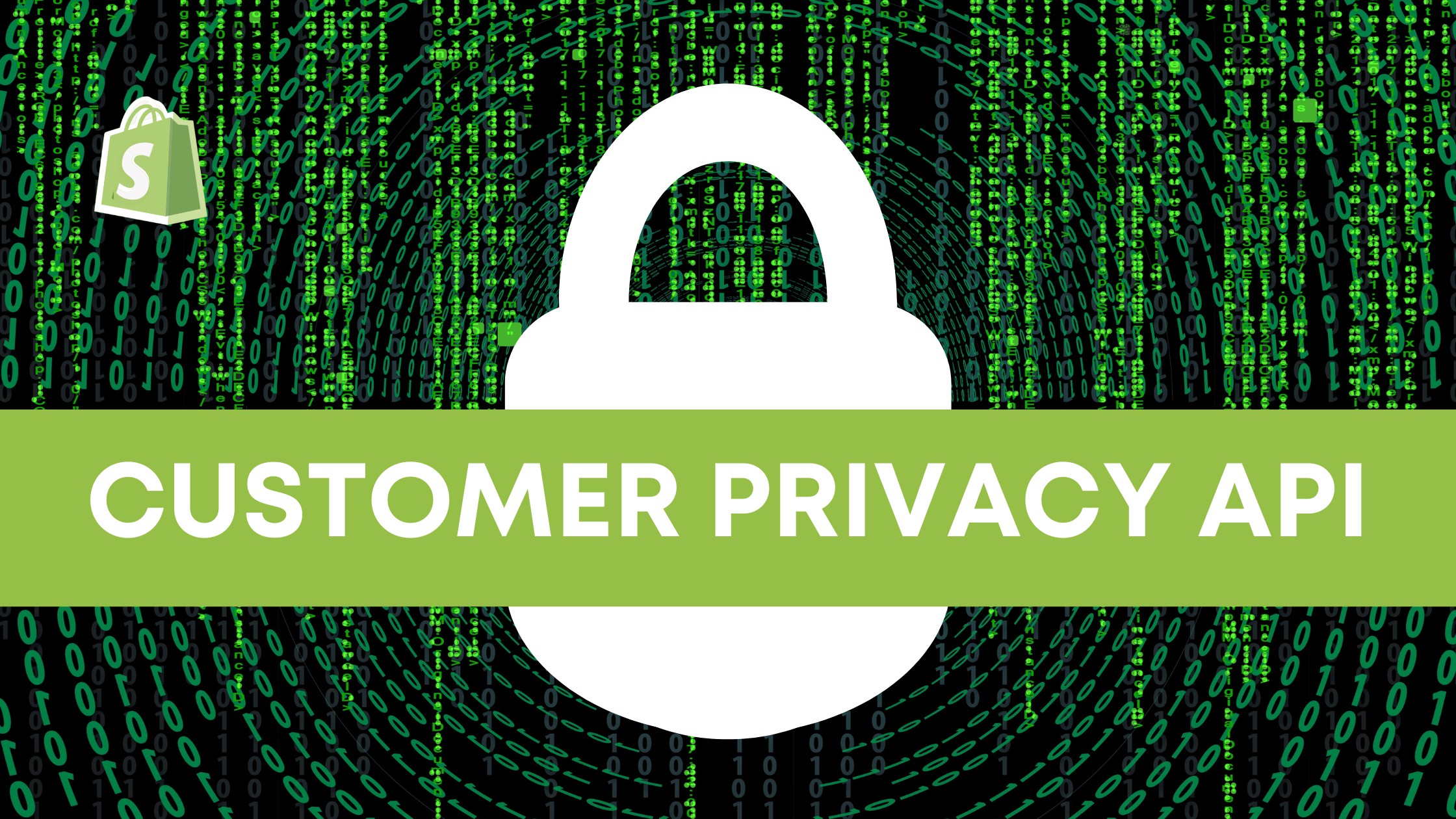
The API is implemented as a property on the global window. Shopify object and is accessible to all Shopify online stores. By leveraging the Customer Privacy API, developers can ensure compliance with privacy regulations and build trust with their customers.
Messaging API
The Messaging API is designed to send messages to the Shopify Inbox, a web, Android, and iOS app that allows Shopify merchants to consolidate business conversations from SMS and messaging apps like Facebook Messenger. This centralization of communication streamlines the process of managing customer interactions across multiple platforms.
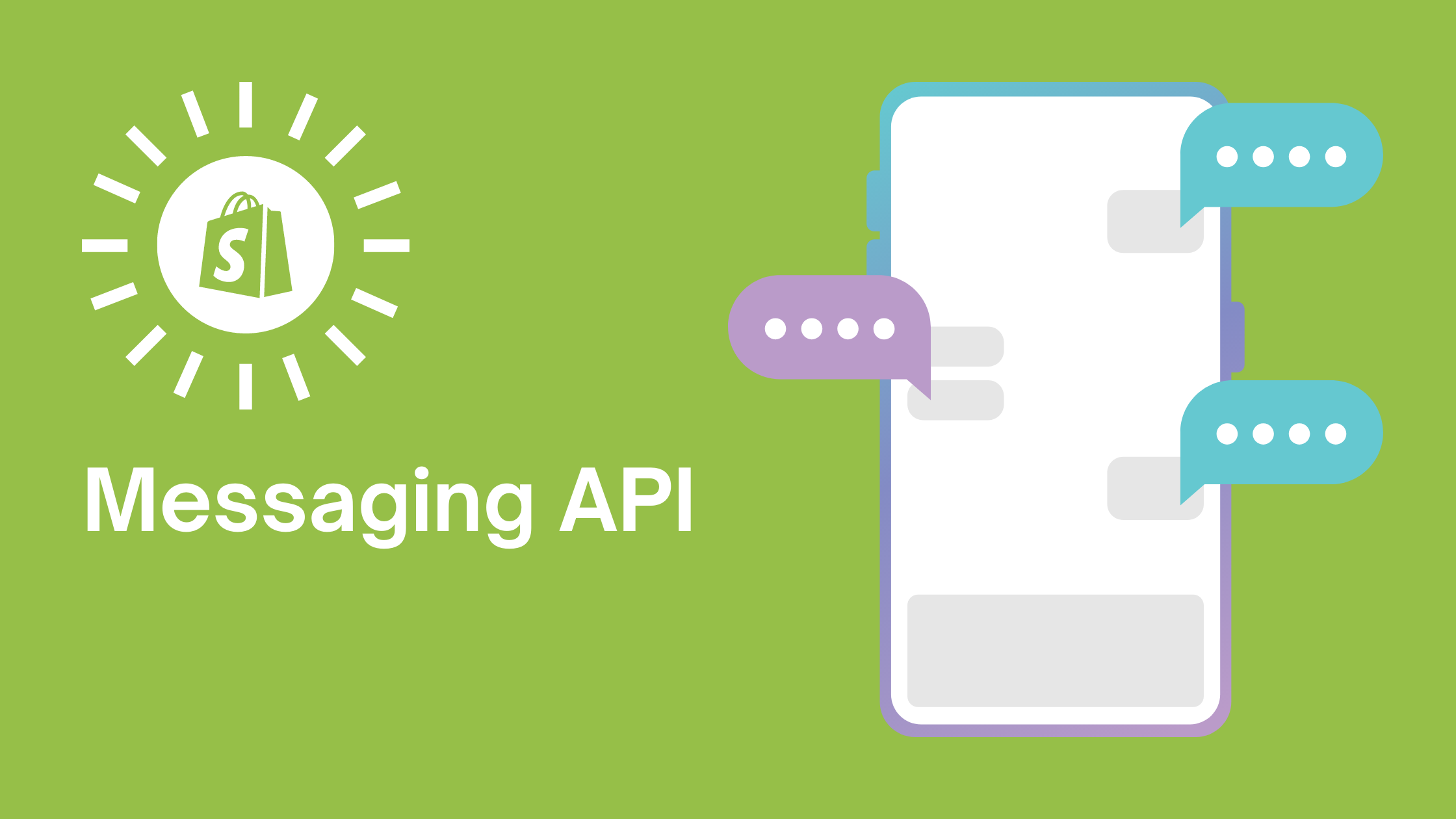
To get started with the Messaging API, developers need to contact the Messaging API team and set up their Inbox callback URL. Subsequently, they must prompt the merchant to agree to the Messaging API access scopes and use the merchant’s shop data with the Shopify Messaging API endpoints. Currently, the Messaging API is in closed Beta and not available to all partners. However, once it becomes widely accessible, it will offer additional opportunities for developers to enhance the customer communication experience for Shopify merchants.
Shopify API Reviews: Typical Usage cases
The Shopify API provides a robust set of tools and features that developers can utilize to build innovative and reliable applications for eCommerce businesses. Understanding how to effectively use the Shopify API, including authentication methods, access scopes, versioning, rate limits, and pagination, ensures that developers can create efficient, secure, and scalable solutions. By mastering Shopify API usage, developers can unlock the potential of their applications and deliver exceptional value to Shopify merchants and their customers.
Shopify API Authentication
To ensure security and maintain safe transactions, all connecting Shopify Apps need authentication when making API calls. There are two primary ways to authenticate apps and services with Shopify’s platform:
- OAuth: This is a secure method for granting access to your data by third-party applications without sharing your credentials.
- Basic HTTP authentication: This method requires a combination of a username and password for authentication purposes.
Access tokens can be utilized in two modes, online and offline. Online access means these tokens are linked to an individual user on a store, with the access token’s lifespan coinciding with the user’s web session. This mode is suitable when a user interacts with your app through the web. In contrast, offline access means these tokens are intended for long-term access to a store without user interaction. This mode is ideal for background tasks in response to webhooks.
Shopify API Access Scopes
During the app authorization process, users must specify the sections of the API they require access to. An app can request either unauthenticated or authenticated access. All available access scopes are provided by the AccessScope resource, accessible through both GraphQL and Shopify REST APIs.
Shopify API versioning
API versioning enables the platform to evolve continuously by offering third-party developers a predictable path for feature upgrades and deprecation. This approach ensures that developers can adapt to changes without disrupting their app’s functionality.
Pagination
Both REST endpoints and GraphQL support cursor-based pagination, which can be used to retrieve a set of results from a connection. When using a connection to retrieve a list of resources, arguments are employed to specify the number of results to retrieve. This feature helps developers manage large datasets efficiently and retrieve the desired information in a more organized manner.
Shopify API Reviews: Pricing
Choosing the right Shopify pricing plan for your eCommerce business involves understanding the various factors that impact the cost of using Shopify APIs. This blog will help you understand the different Shopify pricing plans, how API usage impacts pricing, API call limits, throttling, and the factors to consider when selecting a pricing plan. By mastering these concepts, you can make informed decisions to optimize your API usage and control costs while maximizing the potential of your online store.
Shopify API Pricing Plans
Shopify has 5 pricing plans and API usage varies depending on the pricing plan you select, with higher-tier plans offering more API resources. Understanding your API usage will help you determine which plan is best suited for your business needs.
- Shopify Starter (Shopify Lite replacement): Perfect for solo beginning sellers, influencers, and people who want to try out setting up an online store with limited resources.
- Basic Shopify: Designed for small businesses starting out.
- Shopify: Ideal for growing businesses with a focus on scaling.
- Advanced Shopify: Perfect for established businesses with high-volume sales.
- Shopify Plus: Tailored for enterprise-level businesses with complex requirements.
Shopify API Call Limits and Throttling
Shopify APIs enforce rate limits to maintain stability and fairness for all users. The key rate limits include:
- Admin API (GraphQL): Calculated query cost with a standard limit of 50 points/second and a Shopify Plus limit of 500 points/second.
- Admin API (REST): Request-based limit, with a standard limit of 2 requests/second and a Shopify Plus limit of 20 requests/second.
- Storefront API: No rate limits.
- Payments Apps API (GraphQL): Calculated query cost with a standard limit of 910 points/second and a Shopify Plus limit of 1820 points/second.
More than that, Shopify APIs also employ a leaky bucket algorithm to manage requests. This algorithm allows apps to make unlimited requests in infrequent bursts over time. Each app has a bucket that fills with marbles (requests), and empties at a specified rate, allowing room for more requests. If the bucket becomes full, the app will receive an error and must wait for the bucket to empty before making more requests.
Shopify API Factors to Consider When Selecting a Pricing Plan for Shopify API
When choosing a Shopify pricing plan, consider the following factors
API Rate Limits
Each Shopify pricing plan comes with different API rate limits, which dictate the number of requests your app can make within a specified timeframe. It’s important to understand these limits and choose a plan that can accommodate your app’s API usage without hindering its performance.
API Features
Different Shopify pricing plans come with varying levels of API access and features. Ensure that the plan you pick provides access to all the necessary API features and endpoints required for your business operations. For instance, some plans may provide access to more advanced features like the GraphQL API or the Payments Apps API, which may be crucial for your app’s functionality.
Business Size and Growth
Pick out a pricing plan that matches your current business size and has room for growth. If you’re just starting out or have a small business, you may want to opt for a lower-tier plan that provides the essential features without breaking the bank. However, if you’re running a larger business or have ambitious growth plans, you may need a more advanced plan with higher API rate limits and a broader range of features.
Budget
Finally, consider your budget when selecting a pricing plan. While it’s essential to have access to the features you require, you must also strike a balance between the cost of the plan and its benefits. Evaluate the return on investment each plan offers and select one that provides the best value for your business.
Selecting the right Shopify pricing plan for your business is crucial for ensuring smooth API integration, optimal performance, and long-term growth. By considering factors such as API rate limits, API features, business size and growth, and budget, you can make a well-informed decision that sets your business up for success.
Shopify API Reviews: Advantages
The Shopify API provides developers with the tools they need to build custom solutions that enhance the functionality and performance of their eCommerce stores. This powerful resource can greatly benefit your business by providing customized store functionality, seamless integration with third-party services, simplified store management, and an improved customer experience.
Customized Store Functionality
One of the most significant benefits of using the Shopify API is the ability to create tailor-made features for your online store. Whether it’s developing unique product displays, implementing custom search filters, or creating a personalized checkout process, the API allows you to build functionalities that align with your brand’s unique requirements and vision. This level of customization can set your store apart from competitors and offer an unparalleled shopping experience to your customers.
Smooth Integration with Third-party Services
The Shopify API enables you to seamlessly connect your store with a wide variety of third-party services and applications. This includes integrating your store with inventory management systems, marketing automation tools, customer support platforms, and more. By connecting these services, you can automate various processes, improve data accuracy, and streamline your store’s overall operations.
Simplified Store Management
With the Shopify API, you can build custom tools and dashboards to better manage your store. This can include features such as advanced reporting, inventory management, and order fulfillment tracking. By centralizing and simplifying these processes, you can save time and resources while reducing the risk of human error.
Improved Customer Experience
Lastly, utilizing the Shopify API can help you create a more satisfying and enjoyable shopping experience for your customers. By developing custom features that cater to your target audience’s preferences, you can improve the user experience, increase customer satisfaction, and ultimately drive more sales and revenue.
Ease of Use and Documentation
Shopify provides extensive documentation and resources for its API, making it easy for developers to learn, understand, and implement the desired functionality. This user-friendly approach allows you to quickly and effectively integrate the API into your store and reap its benefits.
Support and Community Resources
The Shopify developer community is vast and active, offering a wealth of support and resources for API users. This includes forums, blogs, and tutorials, ensuring that you can easily find answers to your questions and learn from the experiences of other developers and merchants.
Shopify API Reviews: Comparing to Other eCommerce Platform APIs
Each eCommerce platform API has its unique characteristics and drawbacks. While Shopify API offers ease of use and a wide range of features, it has limitations in customization and frequent updates. Understanding the strengths and weaknesses of each API will help you make an informed decision when choosing the right eCommerce platform for your online store. This comparison will help you better understand the API landscape and make informed decisions when choosing an eCommerce platform for your online store.
In Comparison with Magento API
Both Shopify and Magento APIs support JSON and XML and work with HTTP methods like PUT, GET, DELETE, and POST. Magento API, however, also supports SOAP and XML-RPC, providing additional flexibility for developers. The main drawback of Shopify API is the limited customization, as it does not offer much room for modifying functionality.
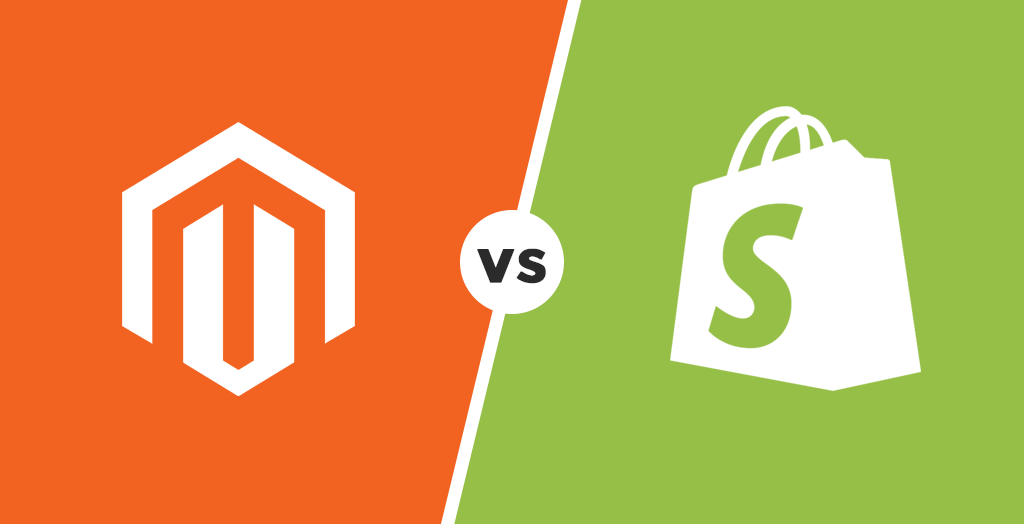
Additionally, Shopify releases updates for its API quite constantly, requiring developers to stay vigilant about the latest versions. On the other hand, Magento focuses on making its upgrades more straightforward and predictable, enabling early adopters to benefit from improved delivery and new features. However, Magento API has limited support for front-end development and is more suitable for off-the-shelf functionality, which could be problematic for businesses looking for a more tailored solution.
In Comparison with WooCommerce API
While Shopify API has limited customization, WooCommerce API offers multiple versions, which can increase complexity but also provide more options for businesses to choose from. WooCommerce API 5.2.0 is the latest version of their API, supporting JSON as the default format, with the option to change it to XML.

However, WooCommerce requires downloading PHP code modules, which can occupy a lot of space and slow down the workflow significantly. This could be a disadvantage for businesses that need a faster and more streamlined process for their eCommerce operations.
In Comparison with BigCommerce API
Both Shopify and BigCommerce APIs support CRUD actions and work with JSON and XML, providing a similar foundation for integration. BigCommerce API, however, offers additional benefits such as throttling and data validation, which can be useful for businesses with large volumes of data or complex workflows.
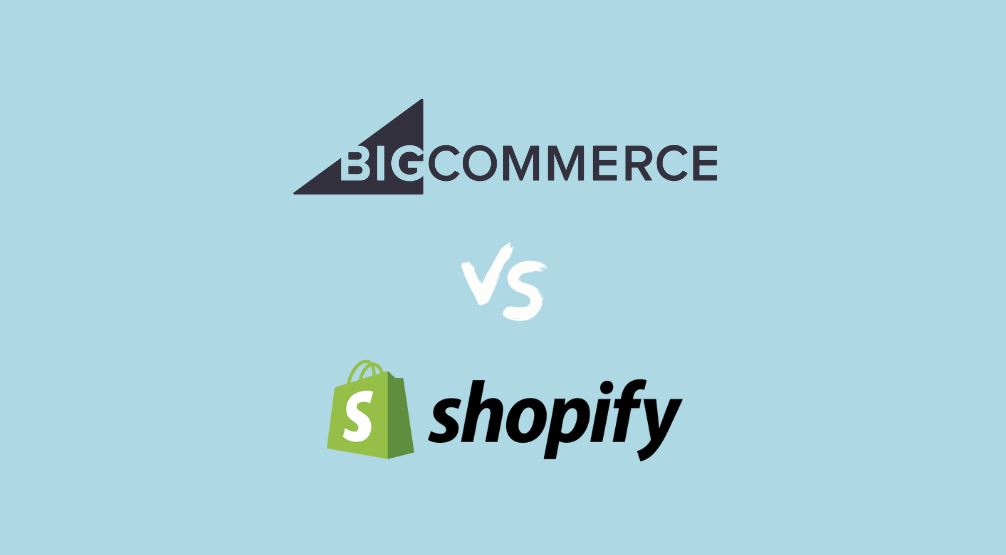
The main drawback of BigCommerce API is the time-consuming process of connecting due to its specific platform architecture. This can be a significant challenge for businesses looking to get up and running quickly, especially if they have limited technical resources.
In Comparison with Ecwid API
Ecwid API, like Shopify API, supports standard HTTP codes in requests, providing a familiar experience for developers. However, Ecwid API integration is more expensive and cumbersome compared to Shopify API.
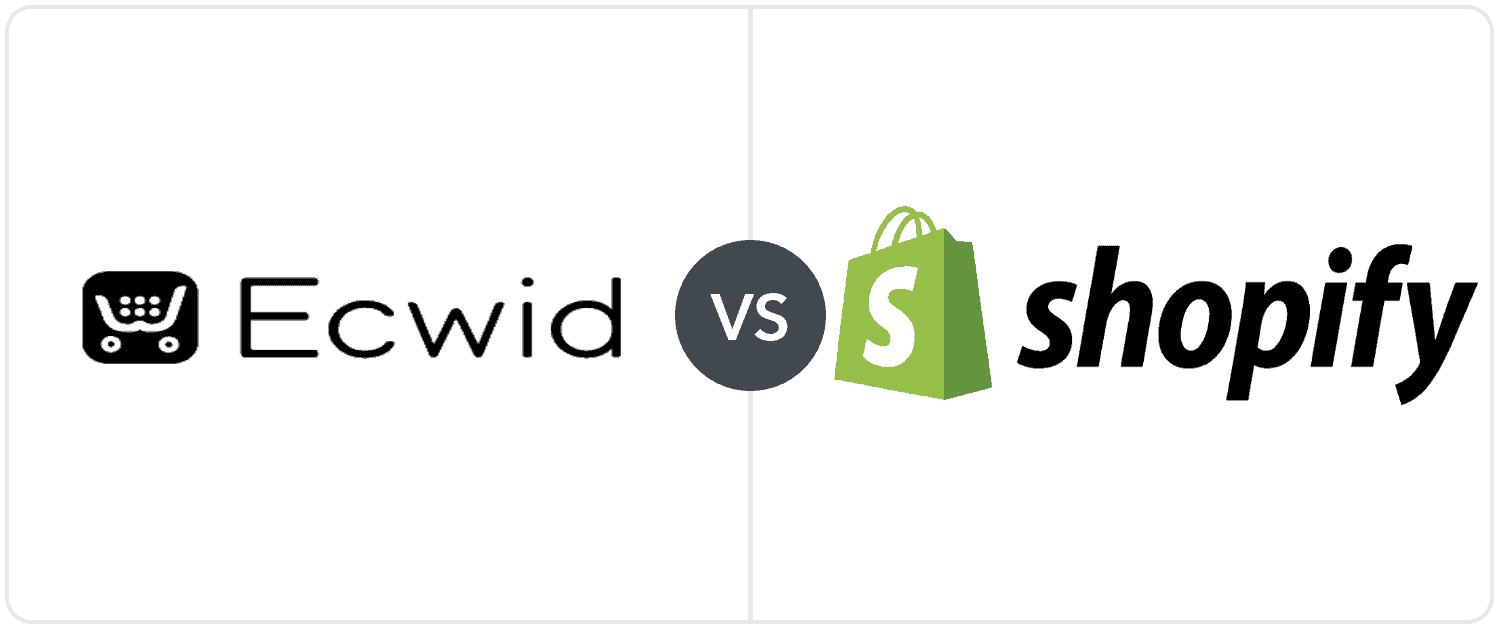
This may be a barrier for smaller businesses with limited budgets. Security remains a significant concern with Ecwid API, as the platform has not been as reliable as some of its competitors in ensuring data protection.
In Comparison with Squarespace API
Both Shopify and Squarespace APIs are based on REST principles and support HTTPS, providing a secure foundation for integration. However, Squarespace API integration is more expensive and technically complex than Shopify API.
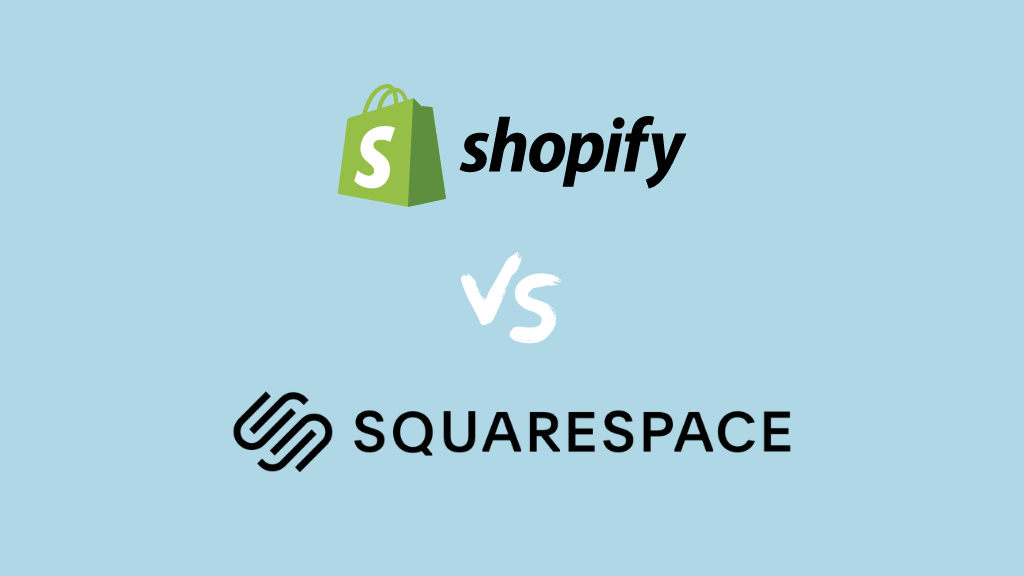
Additionally, Squarespace API does not support third-party apps, limiting the range of tools and services that businesses can use in conjunction with the platform. Customizing features on Squarespace can also be complicated, potentially hindering businesses looking to create a unique eCommerce experience for their customers.
In Comparison with CommerceHQ API
CommerceHQ API, like Shopify API, supports fast retrieval of data by sending GET requests, providing quick access to important information. The API also supports search options and excellent filters for results, which can be useful for businesses looking to manage large product catalogs.

However, CommerceHQ is a relatively new shopping platform, and its API documentation may lack the necessary information for seamless integration. This can result in additional time and effort for businesses trying to implement the API effectively.
In Comparison with eBay API
eBay API enables capabilities that support searching, selling, buying, and other eCommerce activities, allowing businesses to manage their eBay operations programmatically. However, compared to Shopify API, eBay API does not offer complete independence in terms of product listings.
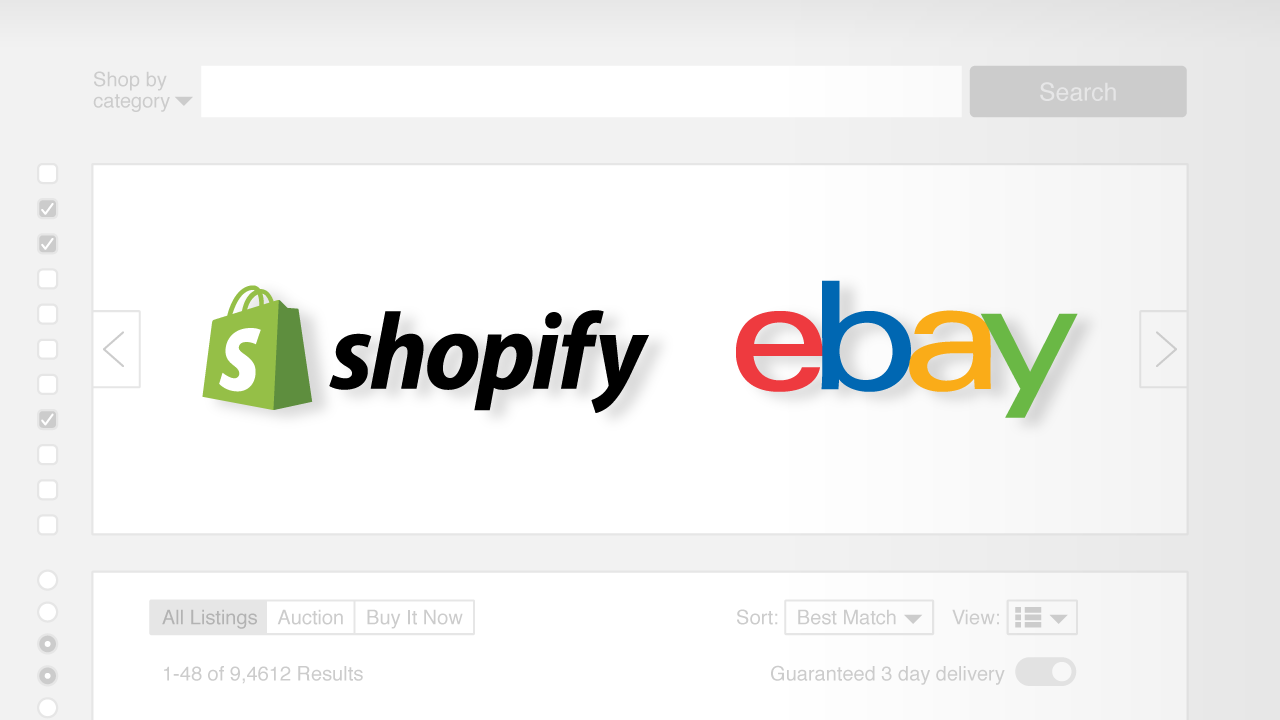
Additionally, users have to pay various charges to benefit from the integration. eBay API also has inconsistent data formats across different resources, making it more challenging to work with. Finally, the eBay Sandbox has some errors associated with it, which can complicate the testing and development process.
In Comparison with Amazon APIs
Amazon provides two APIs for product listings: Marketplace Web Service (MWS) Products API and Product Advertising API. Both APIs have robust authentication mechanisms, ensuring high levels of data security.
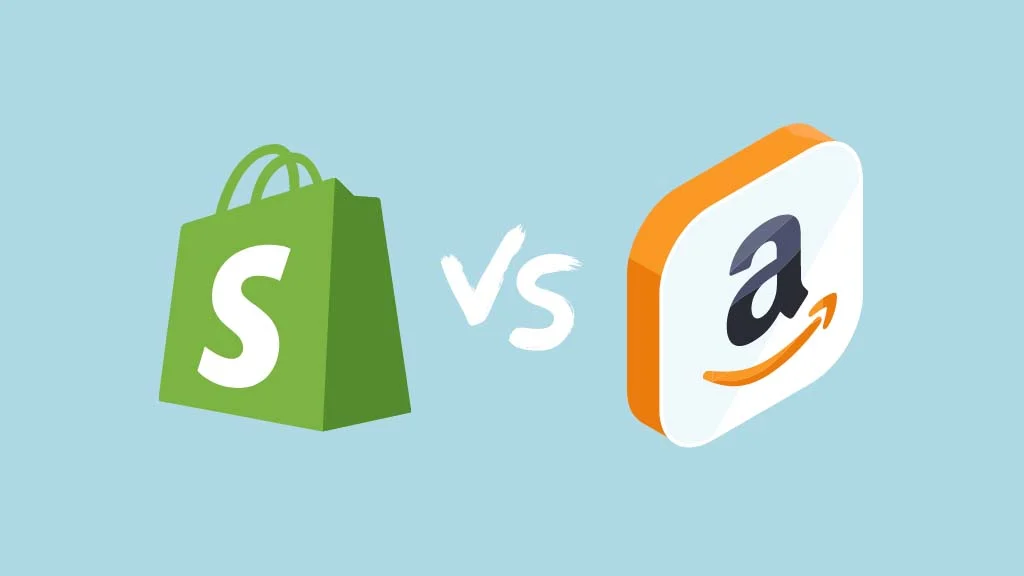
However, debugging activities can be tricky, and Amazon API gateways do not allow easy customization or building of internal APIs. Compared to Shopify API, Amazon product listing APIs are older, and to work with products, shipments, and other aspects, you need to have a CSV file or XML.
In Comparison with Etsy API
Etsy API, like Shopify API, is a RESTful API with JSON format response actions. These responses help in utilizing most of the website features. Etsy API requires OAuth authentication to obtain read and write access for user data.
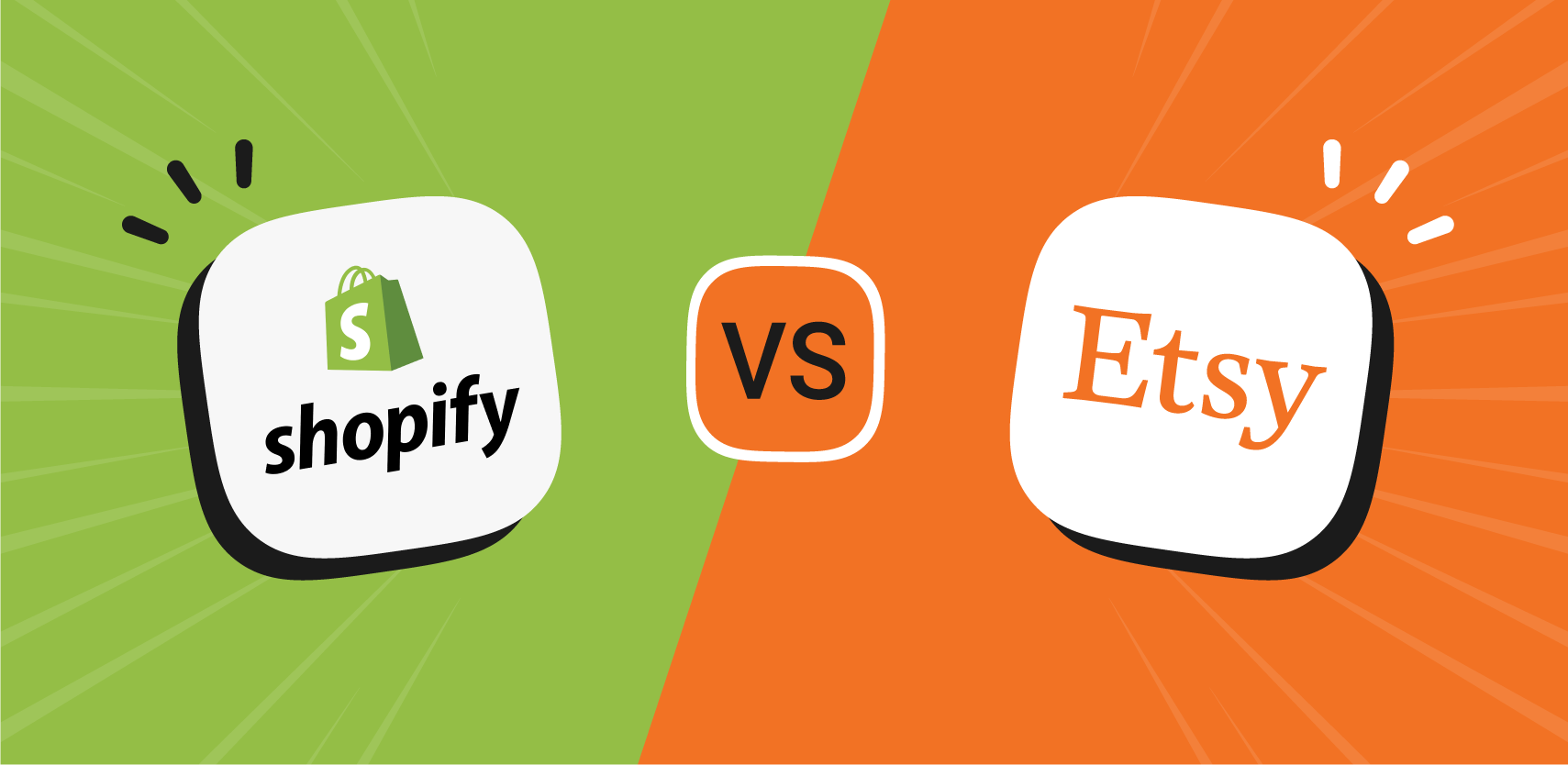
However, Etsy API documentation may not include all the necessary information for integration, causing additional time and investigations for developers. Additionally, Etsy API’s behavior may change without warning, potentially creating issues for businesses relying on the platform for their eCommerce operations.
Popular Third-Party Integrations Using Shopify API
Shopify’s extensive ecosystem of third-party integrations empowers merchants to build and optimize their eCommerce businesses by connecting with various tools and services. By leveraging these integrations, you can streamline your operations, improve customer experiences, and boost your sales and revenue. Explore the Shopify App Store to discover even more integrations that can help you grow and succeed in the competitive world of eCommerce.
Marketing and Advertising Platforms
Shopify’s API allows seamless integration with leading marketing and advertising platforms like Google Ads, Facebook Ads, and Mailchimp. These integrations help merchants create and manage marketing campaigns, track performance, and optimize their marketing strategies.
Merchants can also automate email marketing and retargeting campaigns, reaching customers with personalized content and offers.
Accounting Software
Keeping track of finances is crucial for any business. Shopify integrates with popular accounting software platforms such as QuickBooks, Xero, and Wave.
These integrations help merchants automate the process of updating financial records, generating invoices, and tracking expenses. They also enable businesses to generate financial reports, making tax preparation and financial analysis more manageable.
Customer Relationship Management (CRM) Software
Shopify’s API enables integration with CRM platforms like Salesforce and Hubspot. These integrations help merchants manage and track customer interactions, segment customer data, and analyze sales trends. By using a CRM, businesses can provide personalized customer experiences and improve customer retention, resulting in increased sales and customer loyalty.
Product Review and Feedback Tools
Customer reviews are essential for building trust and credibility with potential customers. Shopify integrates with tools like Trustpilot, Bazaarvoice, and Yotpo, allowing merchants to collect and display customer reviews on their online store. These integrations can help businesses improve their products and services based on customer feedback, ultimately leading to better customer satisfaction and increased sales.
Inventory Management Software
Managing inventory and orders across multiple sales channels can be a challenge for eCommerce businesses. Shopify’s API integrates with inventory management platforms like Stitch Labs and TradeGecko, allowing merchants to sync inventory levels, manage orders, and track sales across different channels. These integrations help businesses avoid stockouts and overstocking, leading to more efficient inventory management and increased profitability.
Dropshipping and Fulfillment Services
Shopify integrates with dropshipping and fulfillment services like Oberlo and Shipstation, enabling merchants to automate the process of fulfilling orders. These integrations allow businesses to source products from suppliers and manage the shipping process without the need for physical inventory or warehousing space. By using dropshipping and fulfillment services, merchants can focus on growing their businesses without the logistical challenges of managing inventory and shipping.
Tips for Maximizing Shopify API Potential
The Shopify API offers a powerful and versatile tool to enhance your online store’s capabilities and create a unique shopping experience, but to make the most of this valuable resource, it’s crucial to employ best practices that allow you to harness the full potential of the API. In this blog, we will share valuable tips for maximizing the potential of Shopify API in your eCommerce store.
Staying Current with API Changes and Updates
Shopify regularly updates and enhances its API to improve performance, security, and functionality. Keep up-to-date with the latest changes and updates by subscribing to Shopify’s developer newsletters, following their blog, and participating in developer forums. Staying informed allows you to adapt your integrations and ensure your store continues to operate efficiently and effectively.
Prioritizing Security and Data Privacy
As you work with the Shopify API, prioritize the security of your integrations and protect your customers’ data privacy. Follow industry best practices for data encryption, token-based authentication, and secure API calls to minimize the risk of data breaches and unauthorized access.
Collaborating with Skilled Developers
A successful API integration requires skilled developers with expertise in the Shopify platform and a deep understanding of the API. Hire or collaborate with experienced developers who can ensure your integrations are well-designed, efficient, and scalable to support your store’s growth.
Continuously Optimizing and Enhancing Integrations
eCommerce is a rapidly evolving industry, and your store needs to adapt to stay competitive. Continuously evaluate the performance of your API integrations and look for opportunities to optimize and enhance them. This may include updating third-party services, refining custom functionality, or improving user interfaces.
Monitoring API Performance and Troubleshooting
Keep a close eye on your API’s performance and troubleshoot any issues promptly. Regularly monitor API usage, response times, and error rates to identify potential problems and resolve them before they impact your store’s functionality and customer experience.
Engaging with the Shopify Developer Community
The Shopify developer community is a valuable resource for learning, sharing ideas, and troubleshooting issues. Participate in forums, attend webinars, and engage with other developers to expand your knowledge and stay informed about the latest Shopify API developments and trends.
In Conclusion,
Understanding the capabilities of the Shopify API is essential for creating a successful and competitive eCommerce store. By exploring the different types of APIs, their uses, and the various factors to consider when selecting a pricing plan, you can optimize your store’s functionality and customer experience. Comparing Shopify API to other eCommerce platform APIs and learning about popular third-party integrations will also provide valuable insights into the benefits of using Shopify API. Remember to follow our tips for maximizing the potential of Shopify API to ensure that your store stays up-to-date, secure, and efficient. With the right approach and resources, Shopify API can help drive your business’s growth and success.
If you have any trouble in the process of configuring, don’t hesitate to contact our Shopify experts right below! With over 100 successful projects and a team of 50+ Shopify Experts, Magenest specializes in eCommerce development services such as seamless platform migration, and data migration from various eCommerce platforms. Check it out now!


